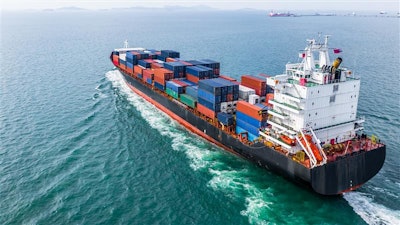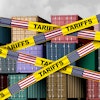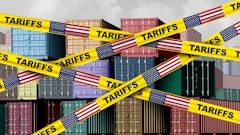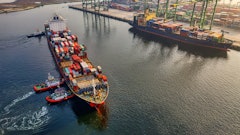
Ocean peak season marks a crucial annual event for companies preparing to import freight ahead of the holiday season. Traditionally spanning from August to October, this period has started as early as June in recent years, according to project44.
“The 2024 ocean peak season highlights several significant trends in global shipping and logistics. Despite industry moves towards diversifying manufacturing origins, China remains a dominant force, with an increase in import volumes likely driven by anticipated tariffs. Meanwhile, Vietnam's share of imports has seen a notable decline, potentially due to the shift in timing of shipments from China. On the United States side, the West Coast ports continue to see volumes shift back from the East Coast,” according to project44.
Key takeaways:
- China continues to be a world power in manufacturing. Overall, China accounts for 40.7% of all imports in the United States. This year, China makes up 38% of project44’s imports in June and July, which is up 4.5% compared to the same period last year.
- Tariffs were initially slated to go into effect on Aug. 1 but have since been delayed. However, the jump in Chinese volume during peak season suggests shippers are pulling forward freight unrelated to peak season forward to mitigate costs.
- Another notable change in this year’s peak season is the nearly 7% decrease in volume from Vietnam, which made up 18.3% of peak season volume in 2023. For the first time in more than three years, Vietnam is seeing a lower share of imports for June and July.
- Overall, the ports of loading have remained steady year-over-year, but there is a notable uptick in the Chinese ports of Yantian, Shanghai, and Ningbo. This is likely a result of the pending tariffs on Chinese imports.
- Another notable finding is that shipments in the “other” category, meaning they shipped from any port not listed, have decreased by nearly 7%. While 5% of this number can be explained by the increases in Yantian, Shanghai, and Ningbo, it seems there is still an industry shift toward focusing on specific ports rather than spreading out supply chains.
- The biggest change in 2024 compared to 2023 is the jump in volume to the Port of Long Beach. This has increased by 5% from 2023 and now makes up 22% of peak season volume so far in 2024. While some of this volume may have shifted from the neighboring Port of Los Angeles, it appears that the United States is continuing to move volumes away from the East Coast and back to the West Coast.




















